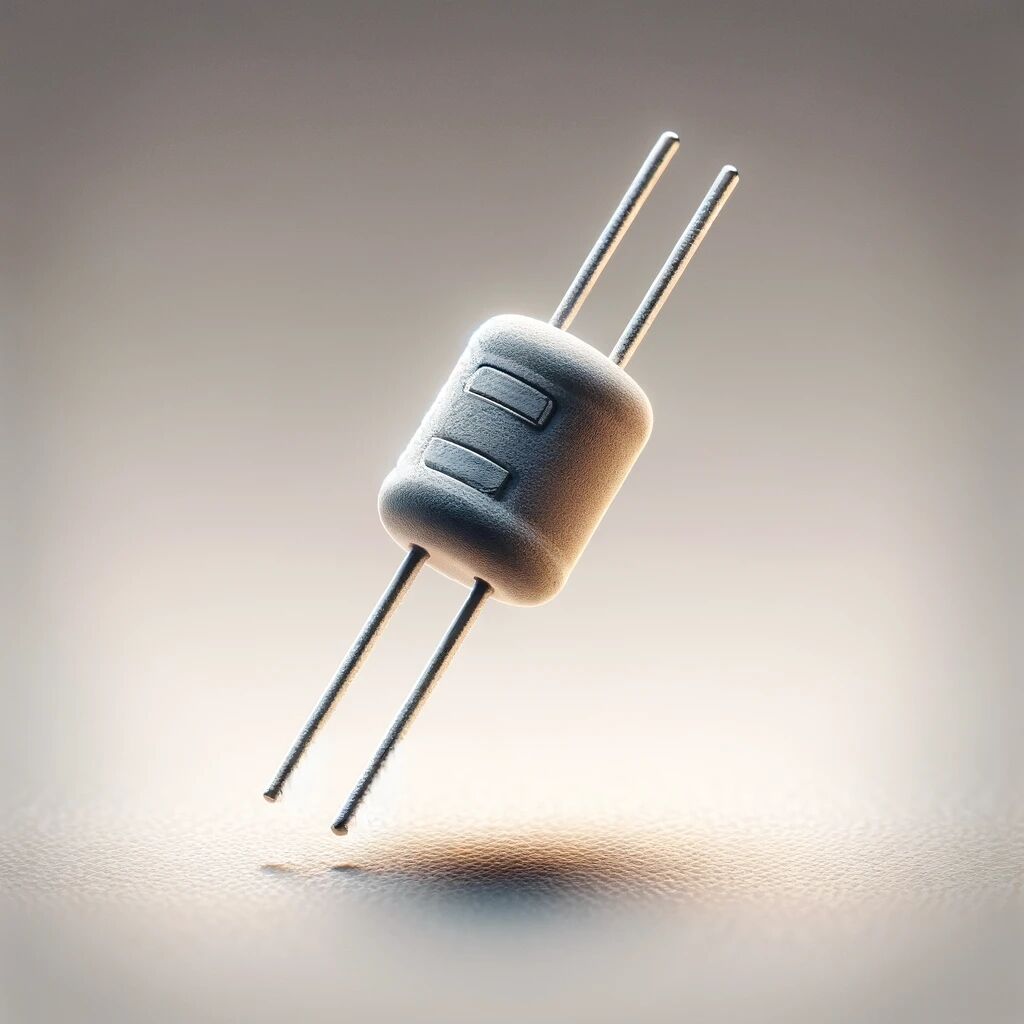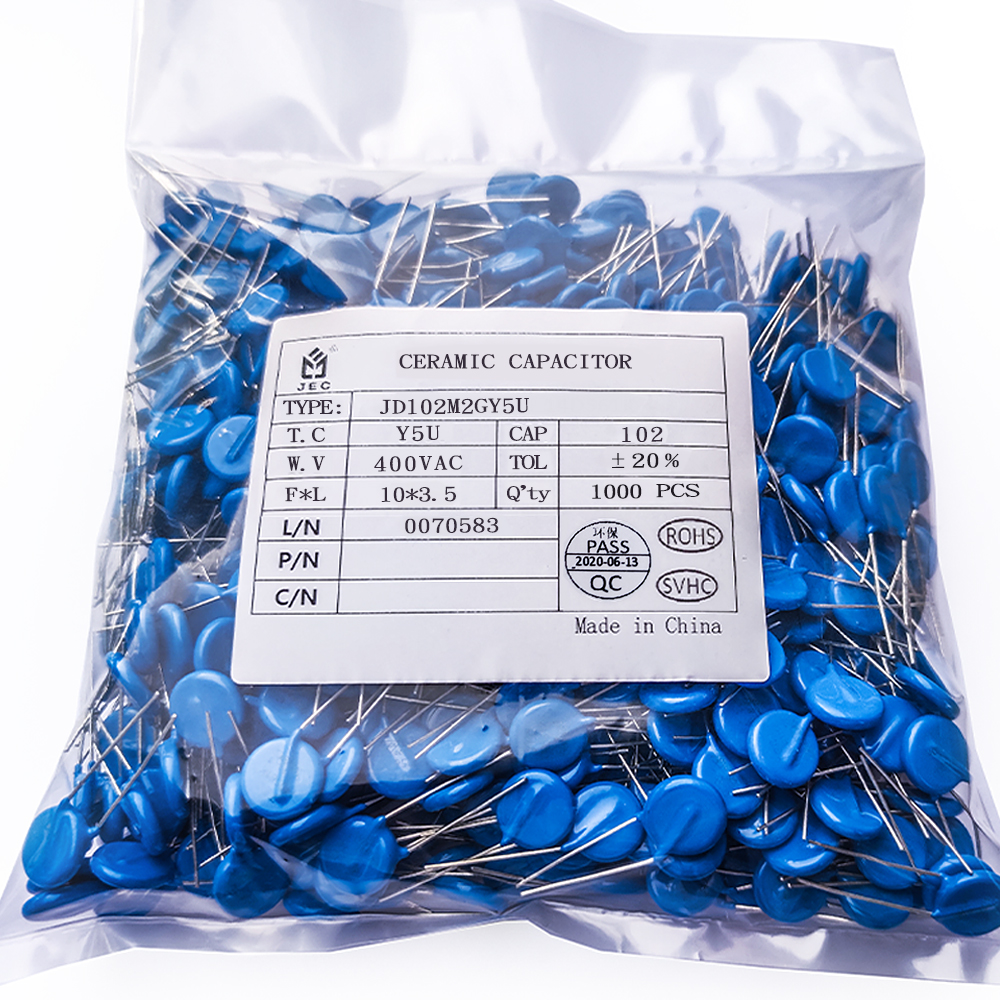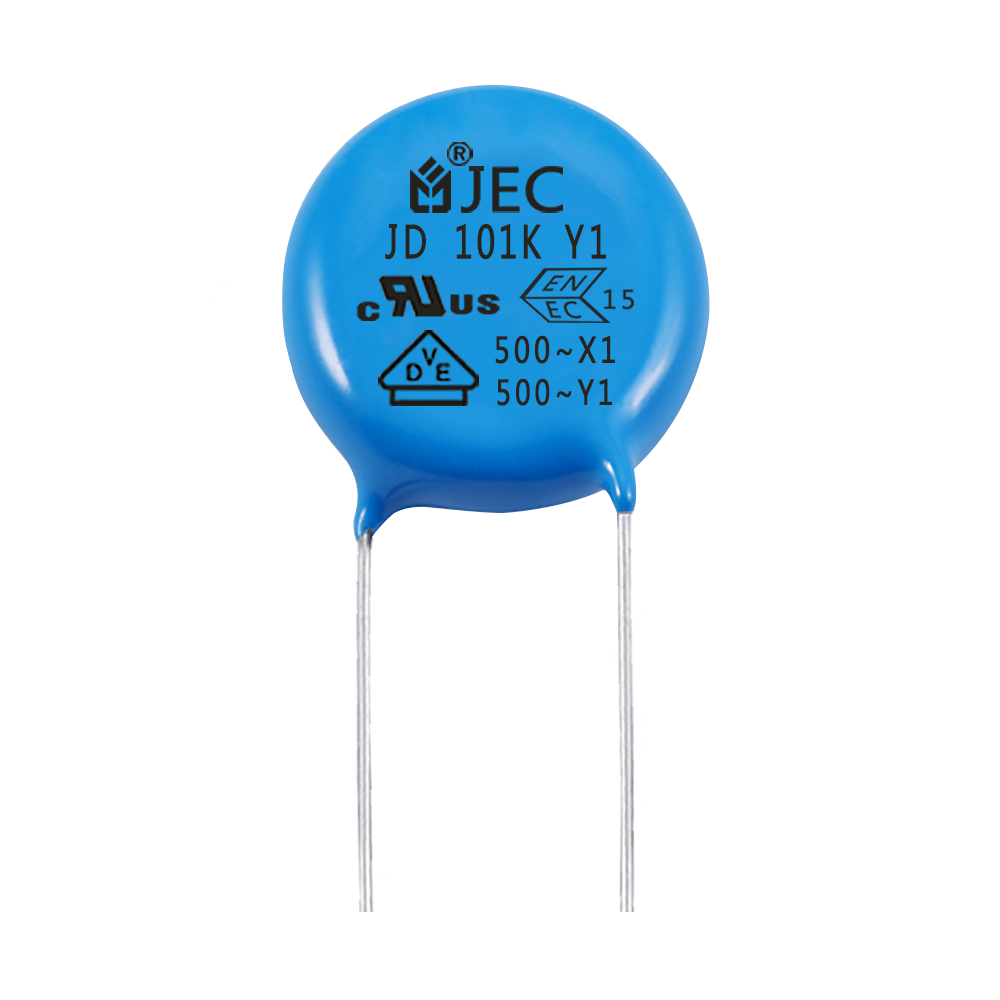Jan. 05, 2024
In electronic devices and power systems, surge currents are a common issue, and many people are unaware of what surge currents are. This aims to provide information on what surge currents are and the impact they can have.
What are Surge Currents?
Surge currents refer to a sudden increase in current, usually caused by the abrupt connection or disconnection of a power source or a sudden voltage change in a circuit.
Hazards of Surge Currents
The presence of surge currents can pose various hazards to circuits and devices. Surge currents can cause a momentary increase in voltage in the circuit, damaging components such as transistors, capacitors, etc. It can also lead to overheating of the circuits, potentially causing fires. Additionally, surge currents may interfere with data transmission, affecting the normal operation of devices.
Apart from causing damage to circuits and devices, surge currents can also pose a threat to human safety when they reach a certain intensity.
Since surge currents pose significant risks to circuits and electronic devices, is there a way to suppress surge currents? Yes, and that solution is the use of thermistors.
Principles of Surge Current Suppression with Thermistors
A thermistor is a sensitive component whose resistance changes with temperature. When the temperature changes, the resistance of the thermistor also changes. Thermistors, with advantages such as small size, low cost, mass production capability, quick response, good reliability, and high accuracy (temperature accuracy up to 0.1°C), are widely used in medical devices.

The main reason thermistors can suppress surge currents is their characteristic of resistance changing with temperature. When surge currents pass through a thermistor, the temperature of the thermistor increases, leading to a change in its resistance. This change can be used to limit the flow of current, thereby achieving the goal of suppressing surge currents.
When surge currents occur in the circuit, the temperature of the thermistor quickly rises, causing a rapid decrease in its resistance. This change limits the flow of current, reducing the magnitude of surge currents and protecting other components in the circuit from damage.
The resistance of the thermistor recovers as the temperature decreases, allowing it to play a role in suppressing surge currents again during the next power-on.
Therefore, as a protective component, the role of thermistors in suppressing surge currents is irreplaceable.
This article is provided by JYH HSU (JEC) Electronics. JEC is a research, development, production, and sales-oriented company specializing in manufacturing and selling various electronic components such as capacitors and resistors.

The Reasons Why You Need NTC Themistors
Jan. 05, 2024

The Role and Selection of Safety Capacitors in Circuits
Jan. 05, 2024

What Causes the Leakage in Ceramic Capacitors
Jan. 05, 2024
+86 181 2299 5593
+86 18122995593
+86 769 8831 3605
Beside Luchong Bridge, Hou Road, Caibai Village, Daojiao Town, Dongguan, Guangdong, China
Navigation